Have you ever thought about why today’s generation is deteriorating in terms of intelligence and physical fitness as compared to our ancestors? If you want to know, then join us on this journey where we will learn what the cause is and how it can be prevented.
Chronology Behind Detoriating Reproduction Health:-
Compared to our antecedent in today’s generation, people give more priority to careers as compared to marriage and family settlement. So usually, the career comes before family planning. In this process of setting our careers, our age of reproduction slowly deteriorates. How? This may be your question right now, am I correct?
Females bear eggs which either flow out of the body in the form of a menstrual cycle (periods) or after a physical relationship forms a child. As we may have seen in the growing time period, the quality of things deteriorates, the same goes for eggs with growing age and time period their quality too decreases. To relate this we can have an example of our ancestors, they united in wedlock and started their families way sooner than us. Which resulted in a generation of people who were way more competitive than us in many ways such as intelligence, health, capacity, etc.
How this can be precluded with Hatha Yoga
With the growing demands of today, it is mandatory for the younger generation to settle in their career first rather than to start a family. So now the question arises how can this both be maintained simultaneously? This goes with the saying “Where there is a will, there’s a way” which means if you have a strong desire and determination to do something, you can accomplish it irrespective of all the obstacles.
Now allow me to introduce you to the most commonly heard term “Hatha Yoga” and how this can be useful to us in maintaining our reproductive health with our busy schedules.
Hatha Yoga
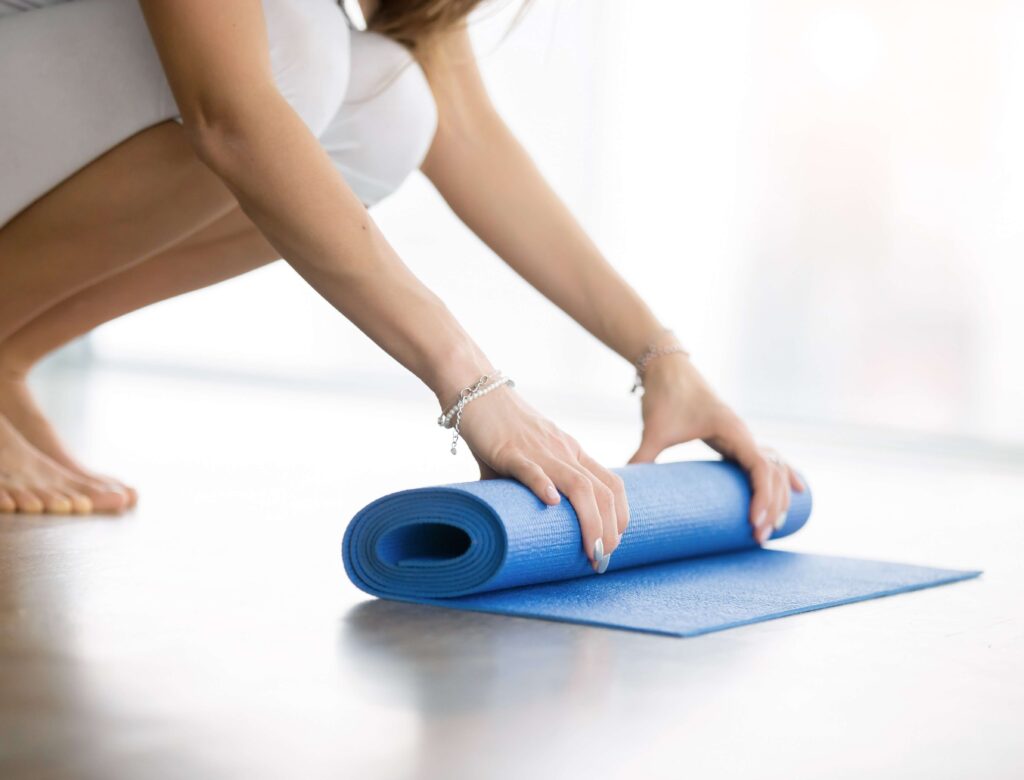
Hatha Yoga is considered the best yoga for maintaining reproductive health or we can even refer to it as fertility, because its movements are not vigorous as compared to exercises we do during workouts and are more fluid in nature which improves blood circulation in reproductive organs. If you think that by walking or exercising your reproductive health can be maintained, then as a matter of fact I would conclude that it cannot. Wondering why? Let me put it this way, while exercising we do some meticulous activity, which can obviously make us sweat and reduce our body fat but due to exhaustion, we do not hold on to positions for longer.
But in Yoga, the asanas or physical movements are slow and relaxed which stretches your body and allows you to hold on to that position for longer and concedes the blood flow in reproductive organs to detoxify the organisms and prevent its downfall or deterioration.
Hatha Yoga Asanas
- Surya Namaskar
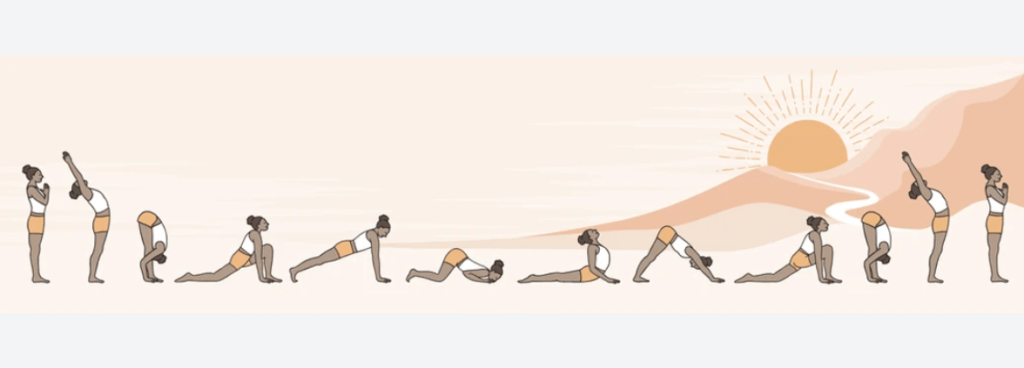
- It is widely also known as “Sun Salutation” and is the series of 12 Yoga poses which include Pranamasana, Hastauttanasana, Hastapadasna, Ashwa Sanchalanasana, Chaturanga Dandasana, Ashtanga Namaskar, Bhujangasana, Adho Mukha Svanasana, Ashwa Sanchalanasana, Hastapadasna, Hastauttanasana and Tadasana; also the best asana which stretches your overall body and by quieting the mind promotes the sense of inner calm that balances your emotional well-being.
- It also promotes reproductive health by empowering the uterus and improves hormonal functions by eradicating the internal flaws related to malfunctioning of sexual glands.
- Balasana
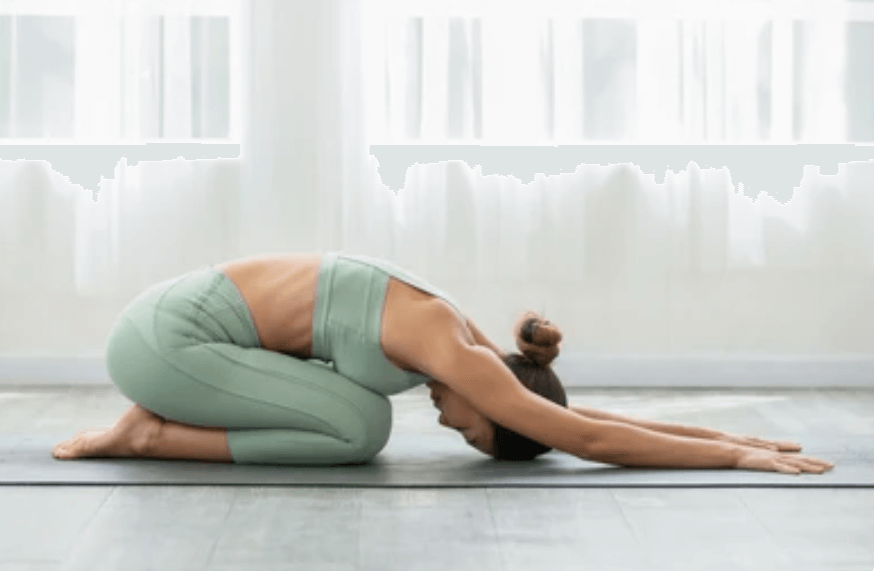
- It is also called the Child’s pose because the asana is identical to the fetal position.
- It helps in relieving stress and increases blood flow to enhance the reproductive health system.
- This asana gently relaxes the front body and stretches the muscles of your back body including your back, thigh, knees, and hips.
- Bhujangasana
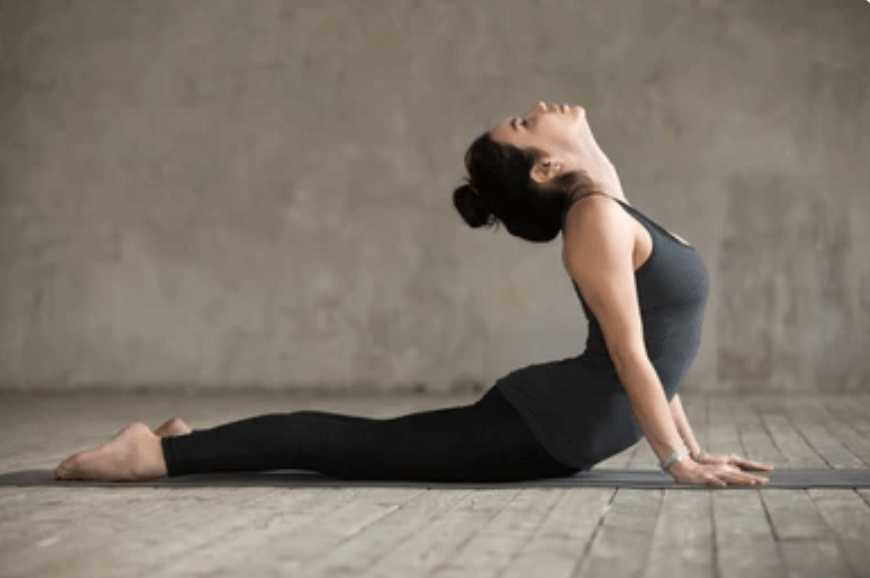
- This asana is popularly known as “Cobra Pose”, it resembles the pose of the cobra that has its hood raised.
- It is a complete asana that helps in enhancing both physical and mental health, that offers relief from stress and anxiety.
- This asana stretches your back, and arms and opens up the chest area, by such means that improves the flow of blood to the pelvic region, stimulating the uterus and ovaries.
- Malasana

- This asana is modernly known as “Garland Pose”. We can also refer to it as a squatting pose with feet together and back rounded and your hand position can vary from normal hands join similar to namaste in front of your chest or above your head, you can also place your hand to the sideways in air.
- This position mainly opens up the hip and tones the pelvic floor. It also stretches the stomach, thighs, and spine.
- Viparita Karani
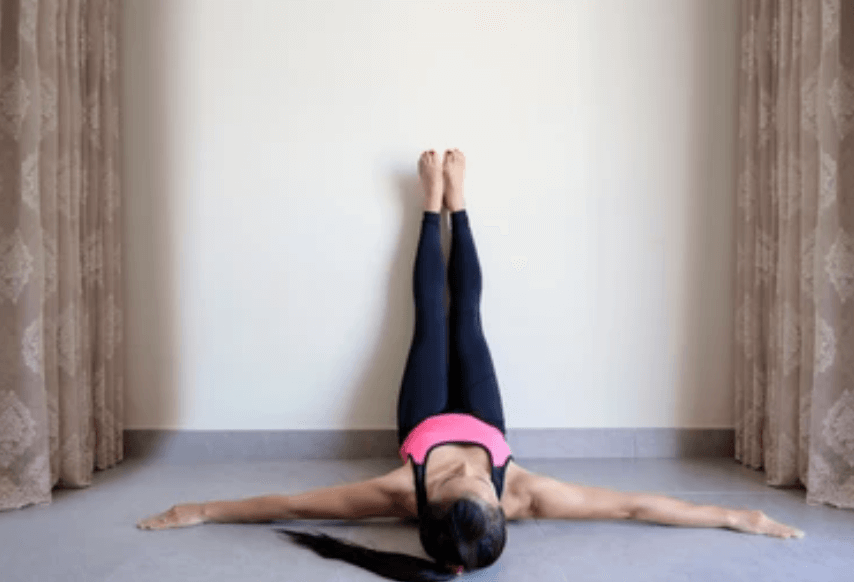
- You may have heard a pose called “Legs up the wall”, which we perform as an alternative to a Shoulder stand.
- In this pose the blood flow to the pelvic region increases which relieves the tension from the lower part of the body.
- It also stretches the hamstring muscles and lower back, thereby enhancing the chances of conception in the future.
- Virasana
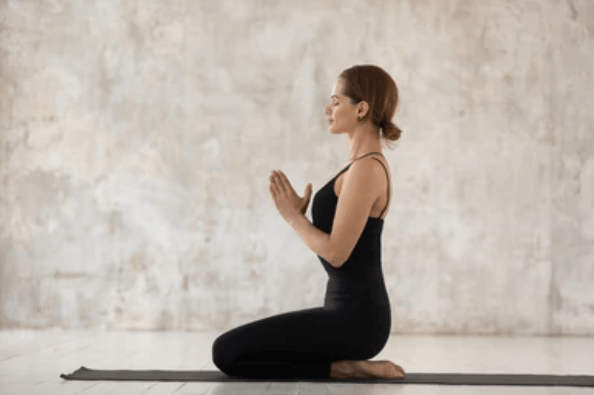
- You can also call it “Hero Pose”, which is a kneeling asana in modern yoga as exercise.
- It releases tension from the lower organs, in the pelvis and lumbar back.
- This also improves blood circulation by aligning the sacrum (a bone that connects the spine to the pelvis).
- Paschimottanasana
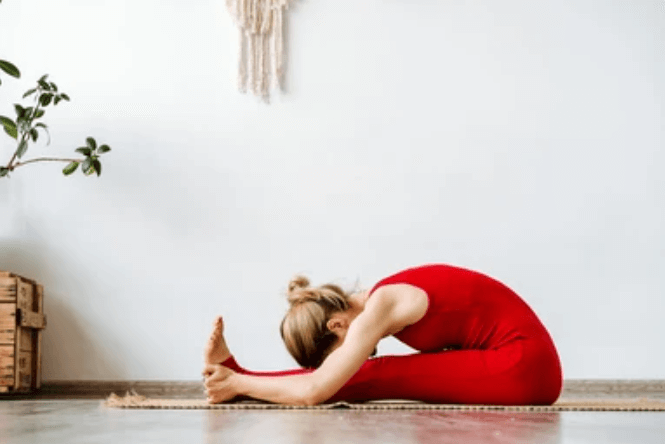
- This asana is popularly known as “Forward Bend“, it is performed in a sitting posture that benefits the abdominal organs.
- It stimulates the digestive system and is the ideal exercise for obesity in the stomach. To have a healthy reproductive system we should control our weight which helps in future conception.
- This asana basically stretches the lower back, hips, and hamstrings; imposing the ovary and uterus which helps in future conception.
- Utkata Konasana
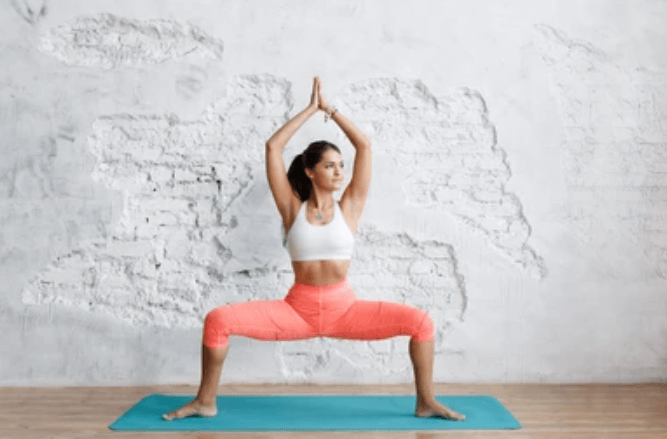
- You can term this asana as “Goddess Pose”, an empowering pose for women but it also elevates the blood flow through.
- This pose is also somewhat similar to the “Warrior II Pose“. It releases tension in the hips and core muscles and strengthens them by energy flow.
- In this asana, your legs, arms, and spine would have a great impact. It also improves energy flow in pelvic areas, thus stimulating the reproductive organs.
- Bhramari Pranayama

- After all the above yoga asanas, it is necessary to calm your nerve cells.
- This asana is popular as “Bee Breath” because it requires you to buzz like a bee. Quite fun, right? Because to be stress free you have to be happy.
- The humming vibrations relax the muscles of your forehead and relieve you from stress, anxiety, anger, and many more.
For a female to maintain reproductive health even after 21 despite her busy schedule, she should start practicing Hatha Yoga from the age of 12. This requires no money and no maximum input from you. Just some time of yours in the morning, and a lifetime healthy reproduction system.
If you find this article helpful, please share it with women/girls whom you think can help them enhance their futures.

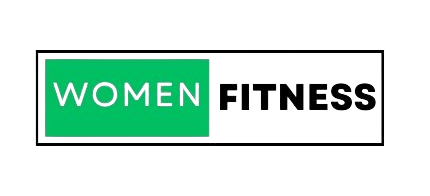

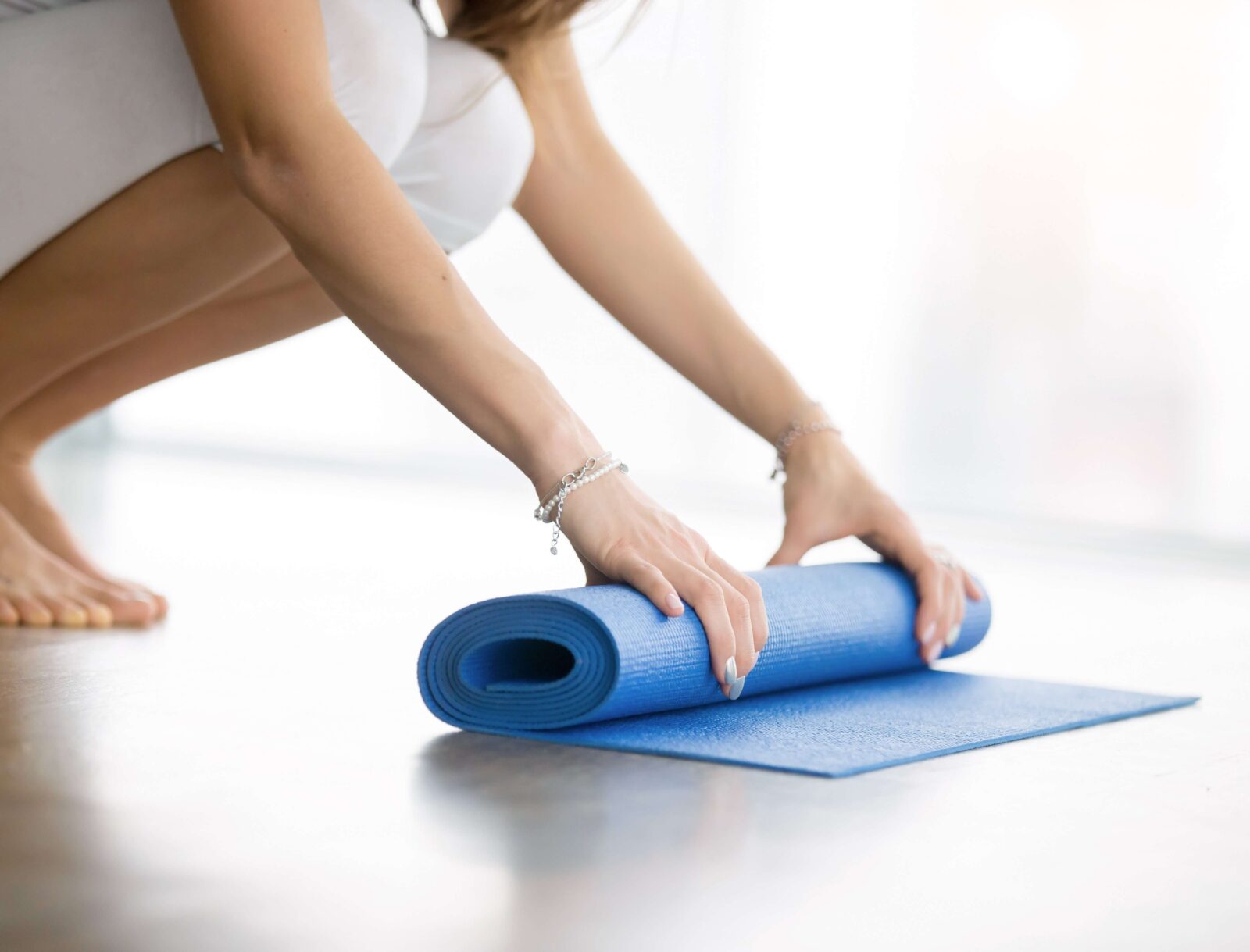

Leave a Reply